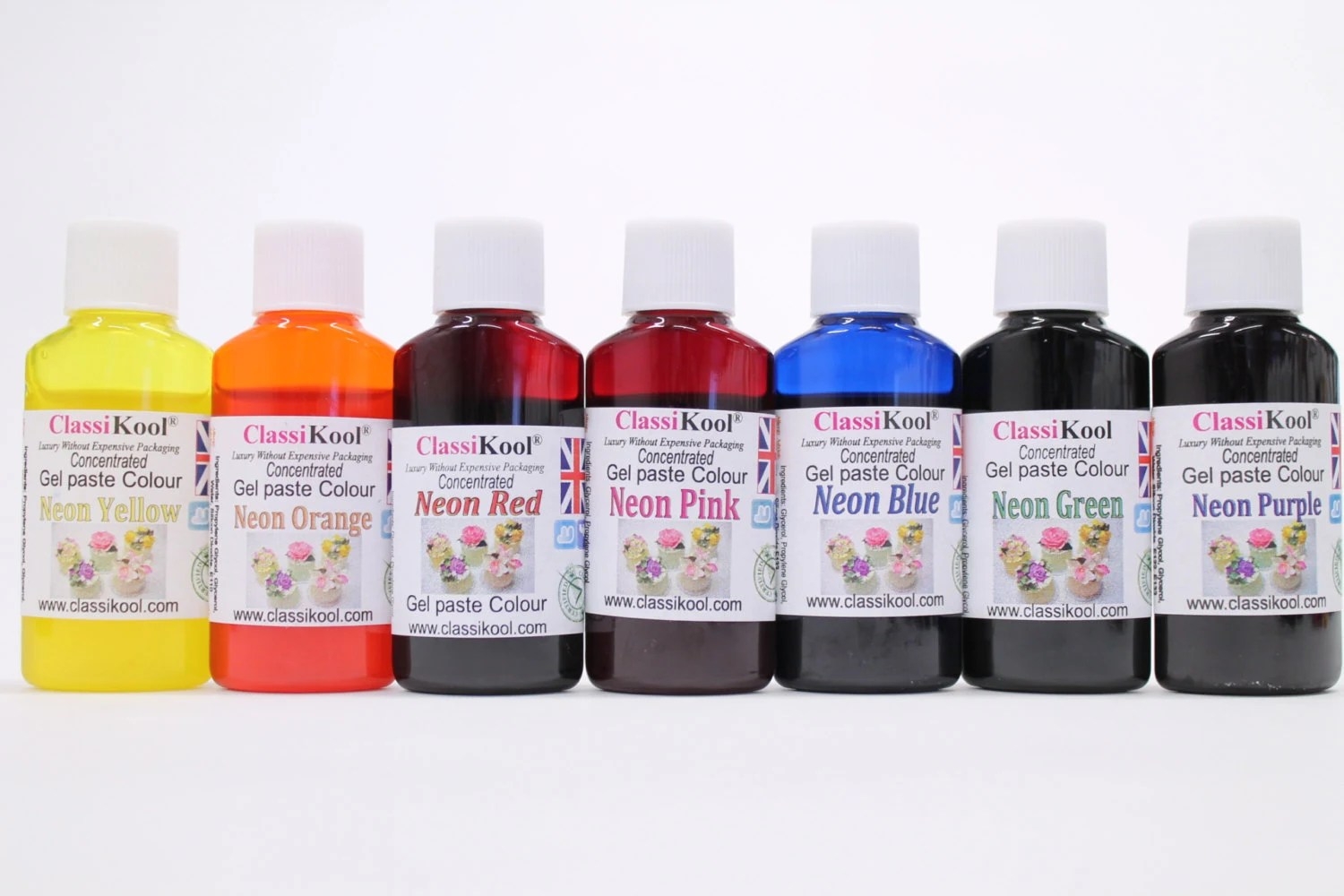Food coloring is a common ingredient found in many processed foods, from candies to cereals. While it may make our foods look more appealing, there has been some debate over whether food coloring can affect behavior in children and adults.
Some studies have suggested a link between food coloring and hyperactivity in children, while others have found no significant impact. It is important to understand the potential effects of food coloring on behavior before making any conclusions.
Does Food Coloring Affect Behavior?
Research on the effects of food coloring on behavior is ongoing, with mixed results. Some studies have shown a correlation between food coloring and hyperactivity in children, particularly those with ADHD. The theory is that certain food colorings, such as Red 40 and Yellow 5, may trigger hyperactive behavior in sensitive individuals.
On the other hand, other studies have found no conclusive evidence linking food coloring to behavioral issues. The Food and Drug Administration (FDA) has approved the use of food coloring in foods and beverages, stating that they are safe for consumption. However, some advocacy groups continue to push for stricter regulations on food coloring due to potential health concerns.
It is important to note that individual reactions to food coloring can vary. While some individuals may be more sensitive to certain food colorings, others may not experience any noticeable effects on their behavior. It is always a good idea to monitor your own reactions to food coloring and consult with a healthcare professional if you have concerns.
In conclusion, the debate over whether food coloring affects behavior is ongoing and inconclusive. While some studies suggest a link between food coloring and hyperactivity, others have found no significant impact. It is important to be mindful of the foods we consume and the ingredients they contain, but more research is needed to fully understand the potential effects of food coloring on behavior.
